Introduction
Frying thin-skinned salted fish to perfection is a culinary skill that balances precision, patience, and an understanding of ingredients. This dish, a staple in many coastal and Asian cuisines, requires careful attention to cooking time to achieve the ideal texture—crispy on the outside while retaining moisture and flavor within. The challenge lies in avoiding undercooking, which leaves the fish rubbery, or overcooking, which results in a dry, burnt exterior. This article delves into the science and technique behind frying thin-skinned salted fish, exploring variables such as oil temperature, fish thickness, and frying duration. By the end, you’ll have a comprehensive guide to mastering this delicate process.
Understanding Thin-Skinned Salted Fish
Thin-skinned salted fish, often made from species like mackerel, herring, or anchovies, undergoes a curing process that preserves the flesh and intensifies its umami flavor. The curing process involves salt, which draws out moisture, inhibits bacterial growth, and firms up the texture. However, this also means the fish requires rehydration or careful cooking to soften the flesh without compromising its structure. The thin skin, while delicate, acts as a protective layer during frying, trapping steam and ensuring even cooking.
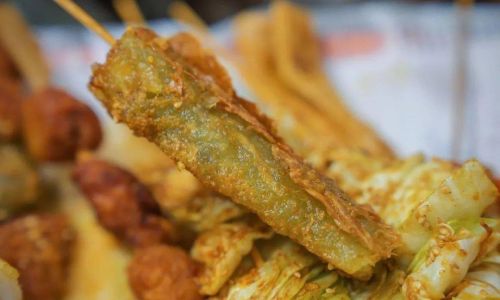
The Role of Oil Temperature
Oil temperature is the cornerstone of successful frying. For thin-skinned salted fish, the ideal oil temperature ranges between 350°F (175°C) and 375°F (190°C). At this range, the oil’s high heat quickly sears the exterior, locking in moisture while cooking the fish through. If the oil is too cool, the fish will absorb excess oil, becoming greasy and soggy. Conversely, overly hot oil risks burning the skin before the interior cooks.
To monitor temperature accurately, use a kitchen thermometer. If unavailable, test the oil by dropping a small piece of bread—it should sizzle and brown within 60 seconds. Adjust the heat as needed to maintain consistency, especially when frying in batches, as cold food can lower the oil temperature.
Factors Influencing Frying Time
The duration for which thin-skinned salted fish should be fried depends on several interrelated factors:
-
Thickness of the Fish:
Thinner fillets (1/4 inch or less) cook faster than thicker cuts. A 1/8-inch-thick piece may require 2–3 minutes per side, while a 1/4-inch piece might need 3–4 minutes per side. -
Pre-Frying Preparation:
Soaking the fish in water for 10–15 minutes before frying reduces excess salt and rehydrates the flesh slightly, shortening cooking time. Skipping this step may require an additional 1–2 minutes of frying.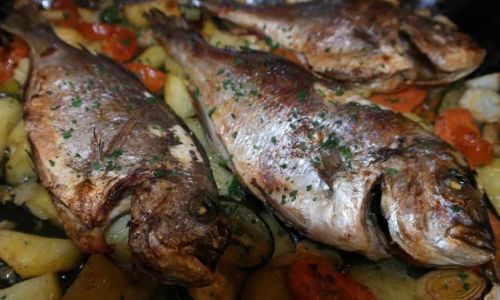
-
Desired Crispiness:
A golden-brown, ultra-crispy texture demands longer frying (up to 5 minutes per side), while a lighter fry (for dishes like salads or stir-fries) may suffice with 2–3 minutes. -
Type of Oil:
Oils with higher smoke points, such as peanut or canola oil, maintain stability at high temperatures, allowing for consistent frying without breakdown. Lower-quality oils may smoke or impart off-flavors, affecting cooking time and taste.
Step-by-Step Frying Guide
Preparation:
- Rinse and Soak: Rinse the salted fish under cold water to remove surface salt. Soak in fresh water for 10–15 minutes, changing the water once. This step is optional but recommended for milder flavor.
- Dry Thoroughly: Pat the fish dry with paper towels. Excess moisture will cause oil splatters and uneven cooking.
- Optional Marinade: For added flavor, marinate the fish in a mixture of soy sauce, rice wine, or ginger juice for 10 minutes. Drain well before frying.
Heating the Oil:
Pour oil into a deep skillet or wok, ensuring a depth of at least 5 inches. Heat over medium-high heat until the thermometer reads 350–375°F.
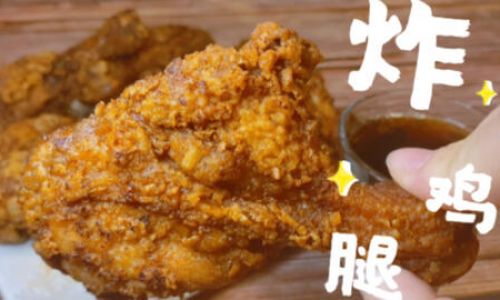
Frying Technique:
- Initial Fry: Gently lower the fish into the oil, skin-side down. Fry for 2–3 minutes (for thin fillets) or until the edges turn golden. Avoid overcrowding the pan, as this lowers the oil temperature.
- Flip Carefully: Use tongs or a slotted spoon to flip the fish. Fry the flesh side for an additional 2–3 minutes.
- Double-Frying (Optional): For extra crispiness, remove the fish after the initial fry, let it cool for 5 minutes, then refry at 375°F for 1–2 minutes. This technique removes excess oil and enhances crunch.
Draining and Serving:
Transfer the fried fish to a wire rack or paper towels to drain excess oil. Serve immediately while crispy, or use in recipes like stir-fries, salads, or rice bowls.
Common Mistakes and Solutions
-
Soggy Texture:
- Cause: Low oil temperature or overcrowding the pan.
- Fix: Use a thermometer and fry in batches, allowing the oil to reheat between batches.
-
Burnt Exterior, Raw Interior:
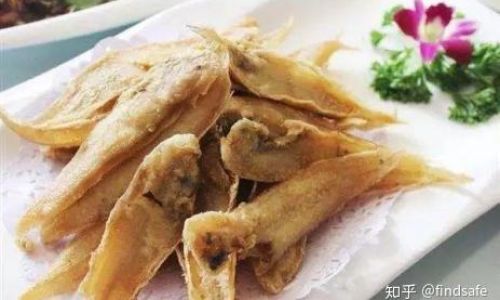
- Cause: Oil too hot or fish too thick.
- Fix: Reduce heat slightly and increase frying time by 1–2 minutes per side.
-
Excessive Saltiness:
- Cause: Insufficient soaking.
- Fix: Soak the fish for 20–30 minutes, changing the water twice.
-
Fish Curling:
- Cause: Uneven drying or skin shrinkage during frying.
- Fix: Score the skin lightly with a knife before frying to prevent curling.
Advanced Tips for Perfect Results
- Seasoning Variations: After frying, sprinkle with chili flakes, five-spice powder, or a squeeze of lime for added complexity.
- Pairing Suggestions: Serve with dipping sauces like sweet chili, soy-vinegar, or a tangy mango salsa.
- Storage: Fried salted fish keeps well in an airtight container for up to 3 days. Reheat in a 350°F oven for 5 minutes to restore crispiness.
- Cultural Adaptations: In Filipino cuisine, daing na bangus (fried milkfish) is a breakfast favorite. In Chinese cooking, fried salted fish is often paired with porridge or steamed rice.
The Science Behind Frying
Frying is a transfer of heat energy from oil to food. When the fish is submerged in hot oil, several processes occur simultaneously:
- Maillard Reaction: The interaction between amino acids and reducing sugars on the fish’s surface creates a golden-brown crust and complex flavors.
- Moisture Evaporation: Heat converts water within the fish to steam, which escapes through the skin, cooking the flesh from the inside out.
- Oil Absorption: Properly fried food absorbs minimal oil because the rapid searing creates a barrier. Overcooking breaks down this barrier, leading to greasiness.
Troubleshooting Guide

| Issue | Solution |
|---|---|
| Fish sticks to the pan | Ensure oil is hot enough before adding fish. |
| Uneven browning | Flip fish halfway through cooking. |
| Fish tastes too salty | Soak longer or boil briefly before frying. |
| Oil smokes excessively | Lower heat and use oil with a higher smoke point. |
Conclusion
Frying thin-skinned salted fish to perfection is an art that hinges on understanding the interplay of time, temperature, and technique. By mastering the ideal frying duration (typically 4–6 minutes total for standard fillets) and adapting to variables like fish thickness and oil quality, you can achieve a dish that’s crispy, flavorful, and versatile. Whether served as a standalone snack, a side dish, or an ingredient in complex recipes, properly fried salted fish elevates any meal. Experiment with seasonings, pairings, and cooking methods to refine your approach—and remember, practice makes perfect. With patience and precision, you’ll soon be frying thin-skinned salted fish like a seasoned chef.
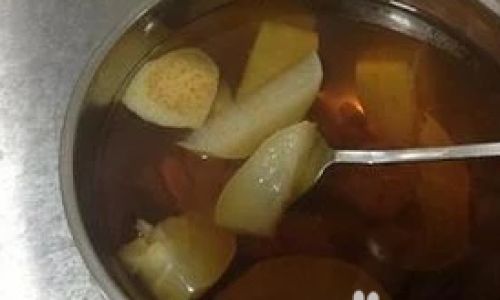
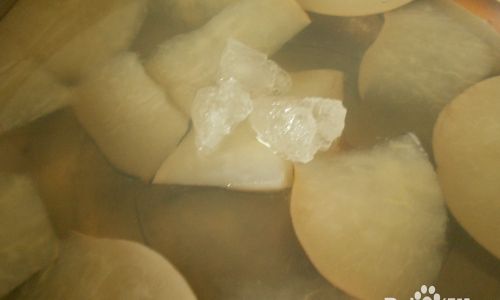
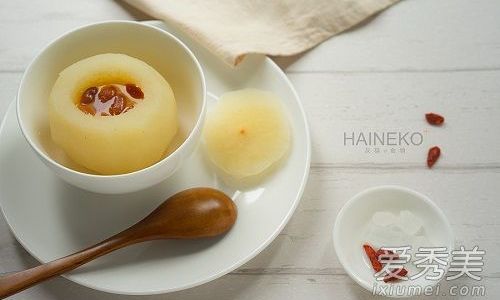


0 comments